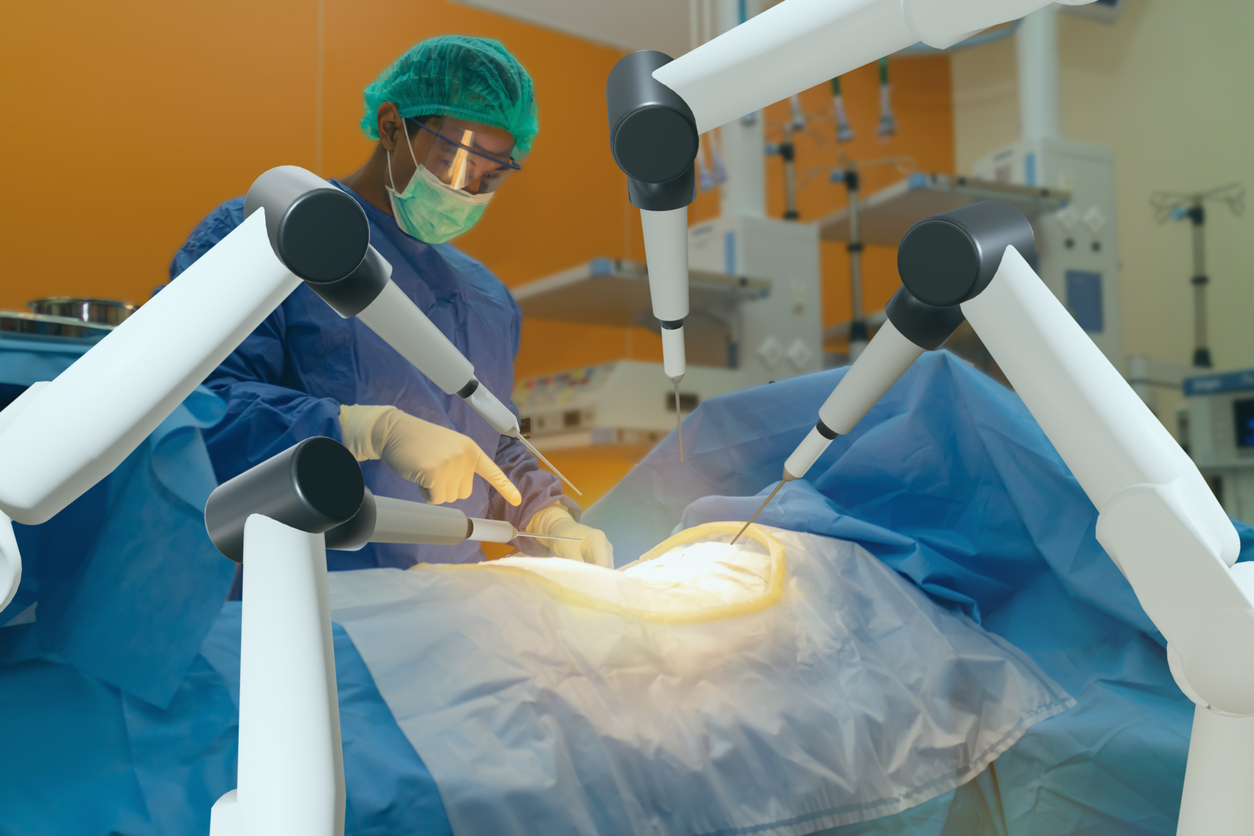UK Hospital Celebrates 10,000 Robotic Surgeries, Marking Major Leap in Cancer Care

A hospital in Surrey has reached a major medical milestone, completing its 10,000th robotic-assisted surgery. Royal Surrey NHS Foundation Trust first introduced robotic technology in 2009. Since then, it has grown into one of the busiest and most advanced robotic surgery centres in the UK.
The Trust now uses four state-of-the-art surgical robots across multiple specialties, including urology, gynaecology, colorectal, liver, ENT, and upper-gastrointestinal surgery.
Life-Changing Care for Cancer Patients
The 10,000th patient was 49-year-old Alistair Hutchinson, who underwent robotic surgery for throat cancer.
“It truly changed everything… I received the treatment I needed without the harsh side effects I feared,” he said.
Robotic systems do not replace surgeons; instead, they give doctors enhanced precision, making extremely delicate procedures safer. Surgeons control the robot from a console, allowing them to operate through tiny incisions. This technique usually means faster recovery, shorter hospital stays, and fewer complications.
A Success Story Built Over 15 Years
Royal Surrey began with just three robotic surgeries in its first year. In 2024 alone, it treated over 1,500 patients with robotic techniques, and performed more prostate cancer operations than any other single-site UK hospital.
Consultant surgeon David Walker said the Trust has long pushed technological innovation because “we know this creates better outcomes.”
NHS Plans Major Robotics Expansion
The NHS aims to expand robotic surgery nationwide. Current projections show:
- 500,000 robotic-assisted operations annually by 2035
- 90% of keyhole surgeries delivered with robotic help
- Growing use for emergency procedures, not just cancer surgery
The shift is designed to cut waiting lists, improve precision, and boost recovery rates.
For patients like Mr Hutchinson, the technology offers peace of mind:
“I worried how treatment would affect me and my young children. Then I learned robotics was an option.”


